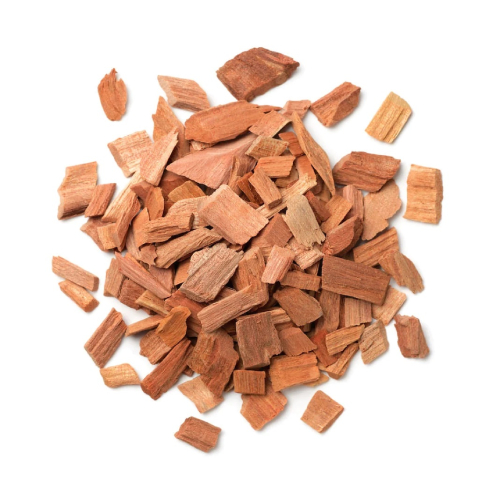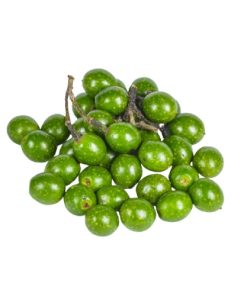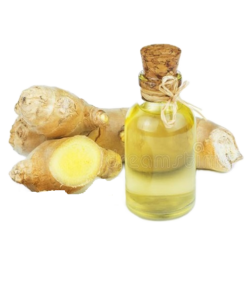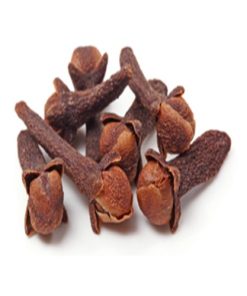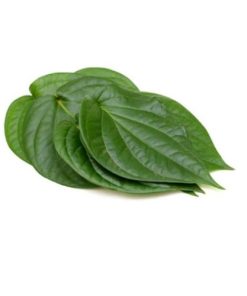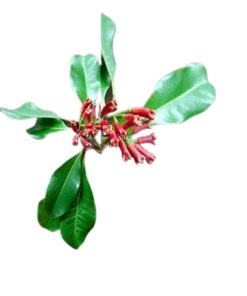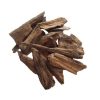SANDALWOOD OIL
Specifications:
Botanical name: Santalum album
Cultivation method: Natural grown
Country of Origin: Indonesia
Extraction Method: Steam Distilled
Plant Part use: Leaves
Appearance: Clear, sometime mobile liquid,
Color: Yellowish colour,
Odour: Typical odour of Sandalwood Oil
Specific Gravity at 27°C: 0.963 – 0.980
Refractive Index at 27°C: 1.500 – 1.600
Optical Rotation: -20° to -15°
Main Constituents: Cis a – santalol from 40-42%, Cis beta – santalol from 12% to 20%
Shelf life: Min 5 years


